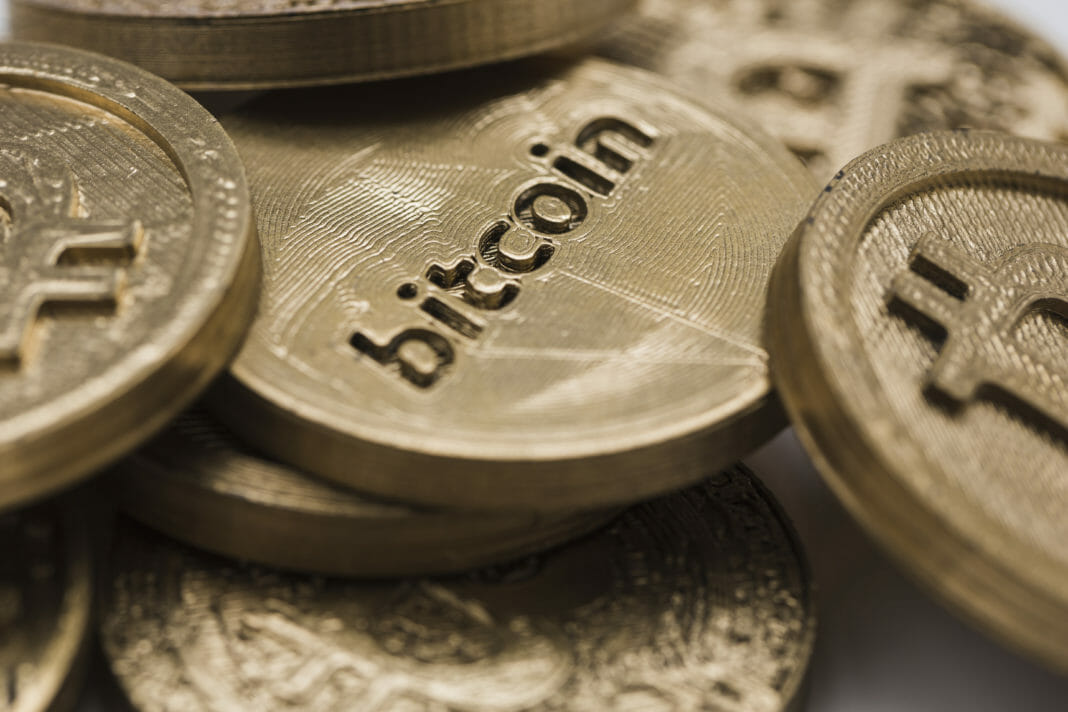It is predicted that miners will still reap profits after Bitcoin’s halving in May 2020. The condition is that the main cryptocurrency reaches a very specific price range.
To start seeing profits, the market prices of Bitcoin (BTC) would have to be between USD 14,000 and USD 15,000. At present, miners make profits of between USD 3,500 and USD 7,000, depending on electricity costs. However, the Bitcoin network remains highly competitive, since it recently reached 125 quintillion hashes per second (H/s) as a record activity level.
It has been seen that at high mining levels, even with Bitcoin’s prices close to USD 10,000, the balance of mining is problematic. It should be mentioned that even the S17 team, one of the newest and most powerful, cannot reach those prices. It is interesting to know that miners continue with their activity every day although most of their platforms are not profitable.
There is a combination of low electricity costs and already built farms that may be driving the mining activity before the halving. On some occasions, the network has produced up to 1,950 BTC per day instead of the programmed 1,800 BTC. This suggests that the halving will arrive a few days earlier than expected, at the same time as it makes mining difficult.
Bitcoin Chinese Mining Pools Continue to Rule
Bitcoin Chinese mining pools and farms currently produce more than 50% of all blocks. Even though this participation has remained constant, there has been no collusion to attack or reorganize the network. However, after the halving, the important power of the SHA-256 hash will have to find its new sources of rewards to reach the breakeven point. The fees per transaction are not enough to boost the mining economy, as they represent approximately USD 200,000 per day in revenue.
Some possible scenarios include the expected development of BTC prices rising to over USD 14,000 for a new annual high. This would mean that block production would still be viable for most miners. However, the price of BTC may still be lower, which leads miners to try to mine other SHA-256 networks. At this point, Bitcoin Cash (BCH) and Bitcoin SV (BSV) may be susceptible, although most miners currently work below the breakeven point, altruistically supporting the networks.
The worst-case scenario would be a mining capitulation, which would especially affect smaller mining operations. The Litecoin (LTC) halving last summer was a glimpse of what had happened when block production was no longer highly profitable as the Litecoin network slowed significantly.
A Twitter user identified as @100trillionUSD posted that almost 50% is uncertain about a death spiral or miner capitulation after Bitcoin’s halving in May 2020. The tweeter stated that those are the people/risks standing between Bitcoin’s current USD 8,300 price and the USD 50-100k S2F model value after the halving.
In the case of Bitcoin, Chinese mining operations will possibly become even more influential, since they manage to reach the breakeven point and continue working while other miners die.
By Willmen Blanco











